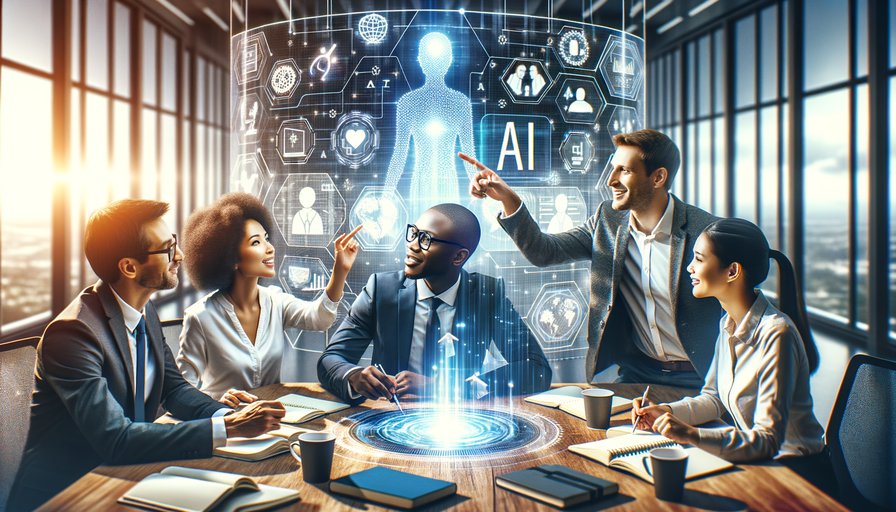The Rise of AI: Transforming the Job Market
In recent years, artificial intelligence (AI) has emerged as a groundbreaking force redefining various sectors, including the job market. As automation and machine learning technologies continue to evolve, they not only promise unprecedented efficiency and productivity but also pose significant challenges to traditional employment structures. This blog post delves into the dual aspects of AI’s rise: the transformative opportunities it presents and the impending shifts it necessitates in the workforce.
The Transformation of Work
AI technologies are increasingly being integrated into everyday business operations. From chatbots that handle customer service inquiries to sophisticated algorithms that analyze data trends, AI is enhancing how businesses operate. Industries such as finance, healthcare, and manufacturing have witnessed a dramatic increase in productivity due to AI implementation. For instance, healthcare institutions now leverage AI to assist in diagnosing diseases and managing patient data, which not only speeds up processes but also improves accuracy in clinical outcomes.
New Job Creation and Evolution
While there is palpable concern about AI displacing jobs, it is essential to recognize that these technologies are also creating new roles. The creation of AI systems has led to a demand for skilled professionals in areas such as data science, machine learning engineering, and AI ethics. According to a report from the World Economic Forum, it is projected that by 2025, AI will create 97 million new jobs worldwide, focused on emerging fields that require human oversight and coordination alongside AI capabilities.
Furthermore, existing jobs are evolving to incorporate AI tools. For example, marketing professionals must now harness data analytics to understand consumer behavior better, while educators are learning to use AI to personalize learning experiences. Thus, the narrative is not solely about job loss, but rather about job transformation, upskilling, and reskilling.
Job Displacement and the Need for Adaptation
Despite the prospects of new job creation, a segment of the workforce faces the grim reality of job displacement. Routine tasks and positions that do not require advanced skills are at high risk of being automated. Jobs in manufacturing, customer support, and data entry are being quickly replaced by AI systems capable of performing these tasks more effectively and efficiently. This shift necessitates a proactive approach to workforce training and education, prompting individuals to adapt to changing demands.
Embracing Lifelong Learning
In this ever-evolving job landscape, the emphasis on continuous education and skill development becomes paramount. Workers must embrace lifelong learning to remain relevant. This can take several forms, from formal education and training programs to online courses and self-directed learning. Organizations also play a vital role in fostering a culture of development, offering their employees access to resources that enable skill enhancement and career growth.
The Future of Work with AI
As we venture deeper into the age of AI, a collaborative model between humans and machines will likely emerge, harnessing the strengths of both to fill the gaps left by traditional job roles. Companies that prioritize innovation and adaptation will not only stay ahead of the competition but also help shape a future where human creativity and machine efficiency coexist beneficially.
Conclusion: A Call to Action
The rise of AI is undeniably transforming the job market, and while the challenges are significant, the possibilities are equally vast. We are at a pivotal moment requiring a collective effort from individuals, educational institutions, and corporations to navigate this transition thoughtfully. By embracing change, committing to lifelong learning, and developing new skills, we can harness the potential of AI to create a richer and more inclusive workforce for the future. The job market of tomorrow requires preparation today—let us equip ourselves to meet this challenge head-on.
